The aim of this project is to create an easily-replicable, low-cost, connected wearable device with a fall-detection algorithm using a 3-axis accelerometer. Detection of statistically significant acceleration along 2 or more axis will be used to determine a fall state. The use of 2+ axis will allow for more accurate detection and decreased number of false positives.
Additionally, we would like to incorporate temperature sensing in order to determine when the accelerometer is being worn by an individual and has not been removed. This will be employed by only allowing fall detection to trigger within a set range of temperatures.
A positive activation for a fall will alert others with any or all of the following (though not limited to these alerts) 1) Blinking LED 2) Audio Alert 3) Bluetooth/Wifi push alert to website, server, phone, pager, etc...
We plan to build this device using off-the-shelf components with cost and size in mind so that it can be easily recreated and deployed by individuals to provide safety for their loved ones.
Our ultimate goal is to create a device that can scale to a managed care facility, reducing emergency room visits, long-term hospitalizations, and potentially saving thousands of lives. Ideally, this device would have a central management system i.e. web interface, computer program, ios/android app, etc... that would allow for easy deployment and tracking of a large number of units.
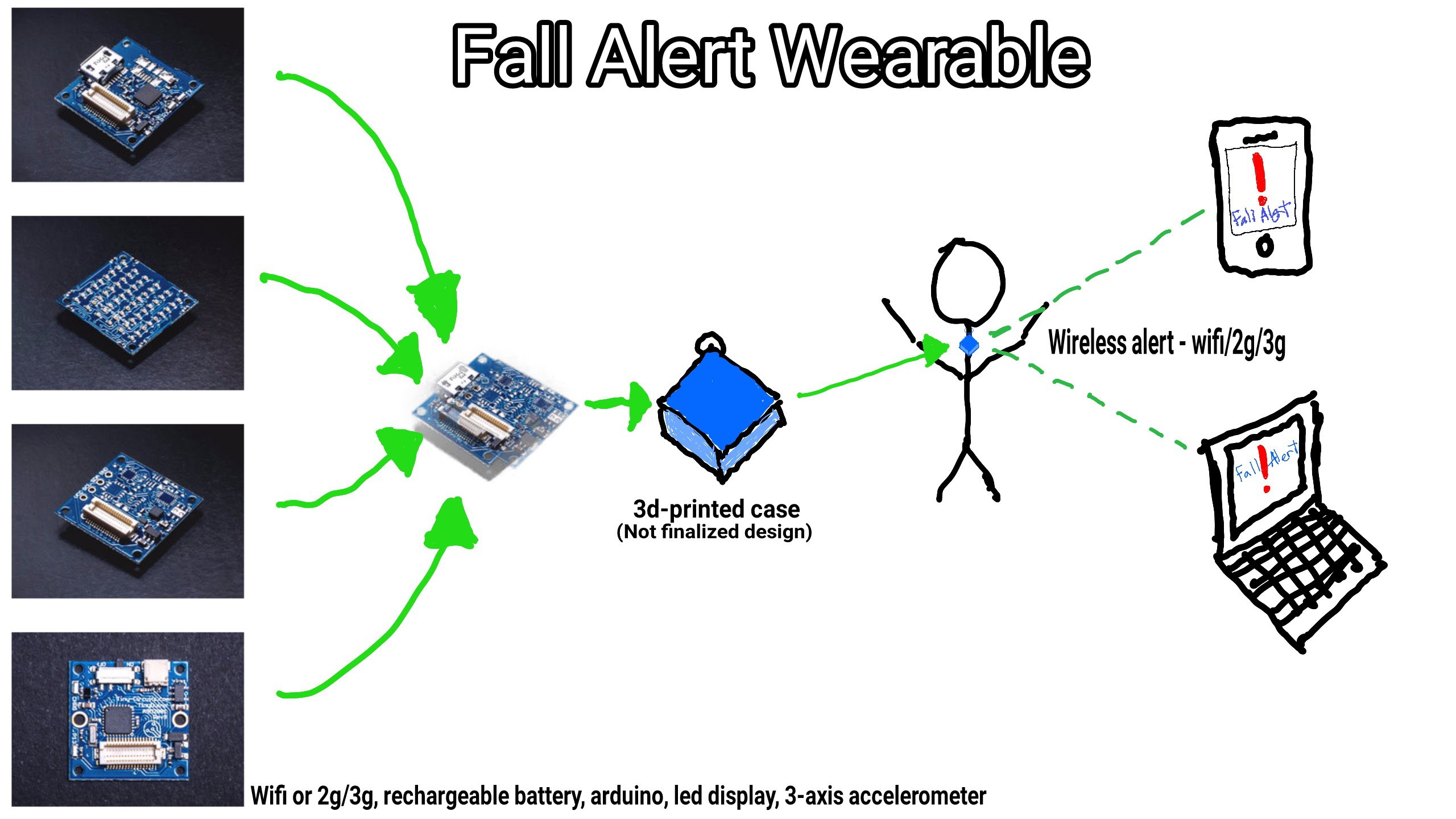

If viable, we will leverage the open-source nature of Arduino hardware to design and produce large quantities of our device at a reasonable price point for actual use in clinical settings, while keeping everything as open-source as possible so that others can easily build their own devices for relatives and loved ones.
*EDIT*
Below is the revised list of components we are currently using (may be updated with additional components i.e. battery)


So, for under $30, we have all the components necessary to get this thing working (minus power and 3D printed housing)! This is MUCH cheaper than what we were initially planning to use, which is great! With Particle.io, it's also possible to adapt the code to easily work with the Particle Electron, allowing the freedom for complete wireless over 2G/3G networks!
 _henry
_henry
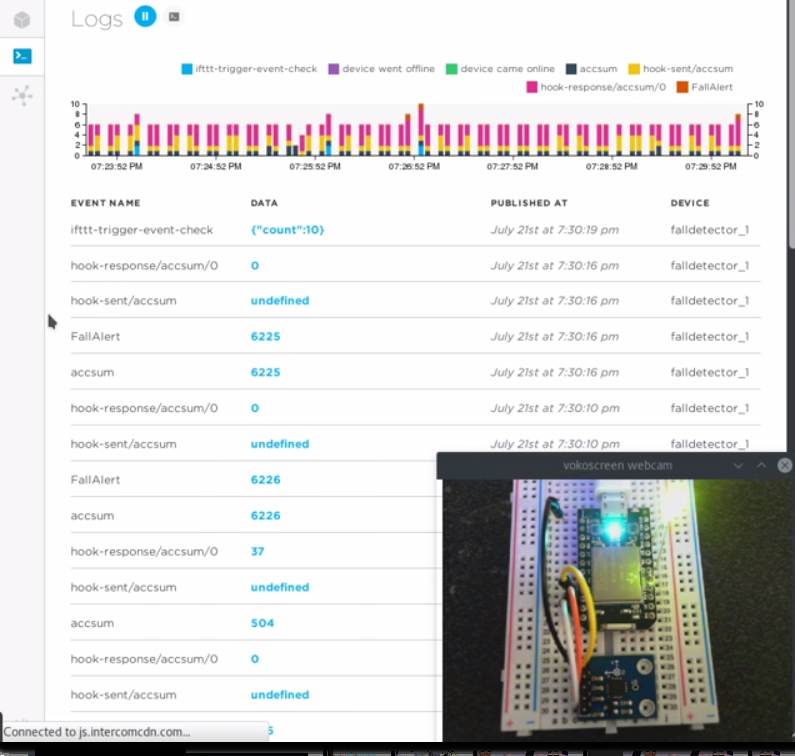
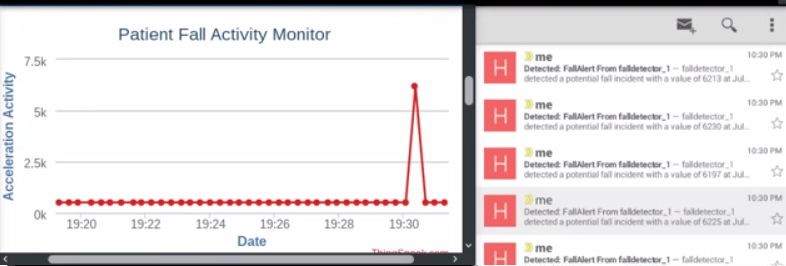
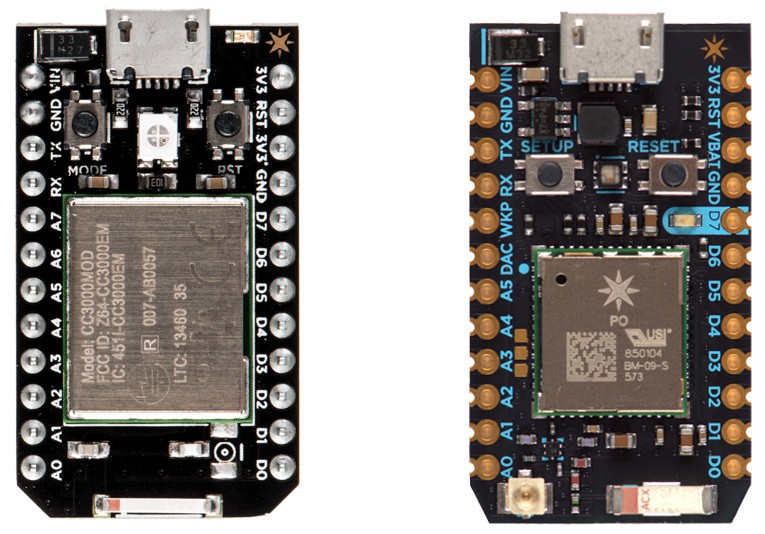

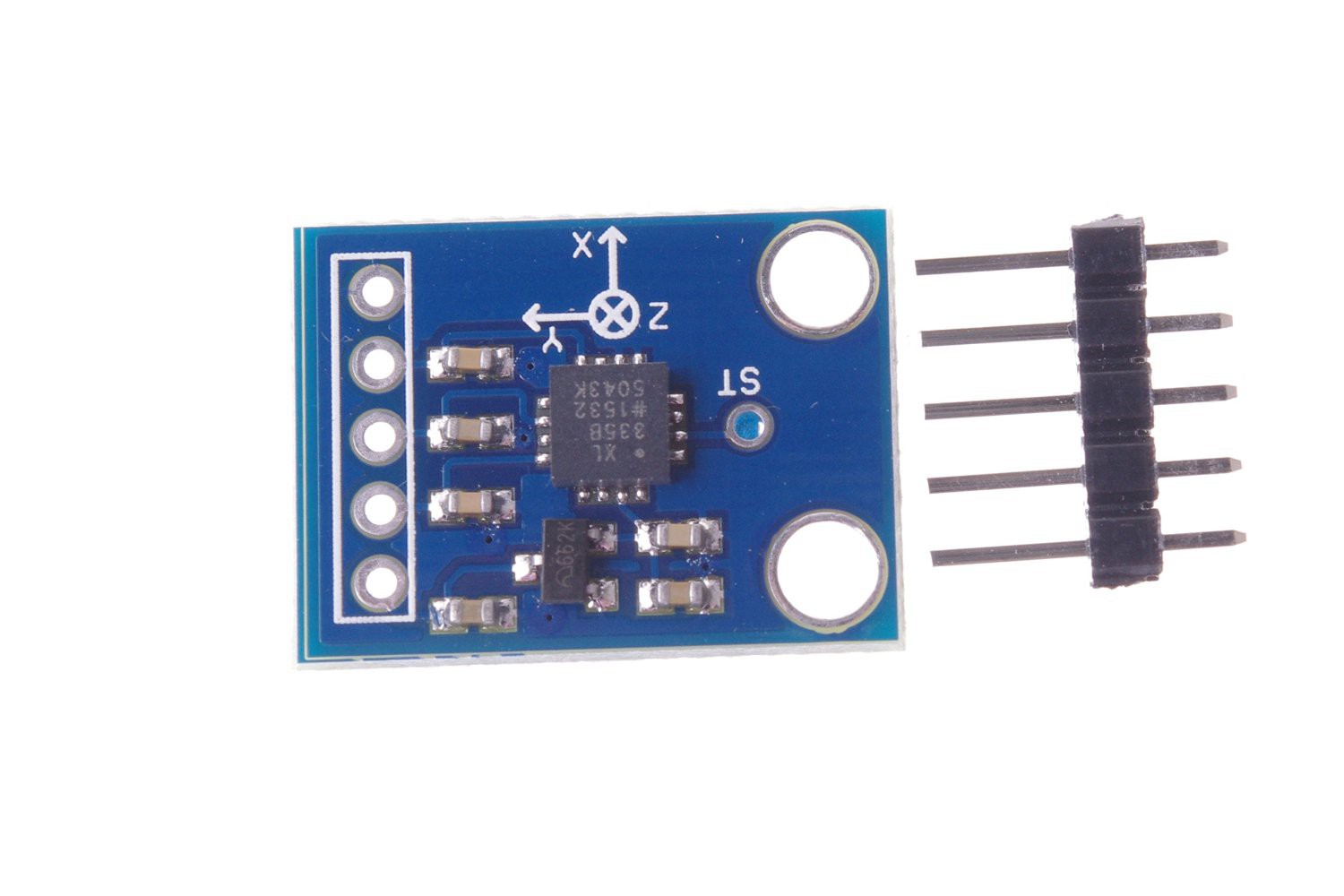
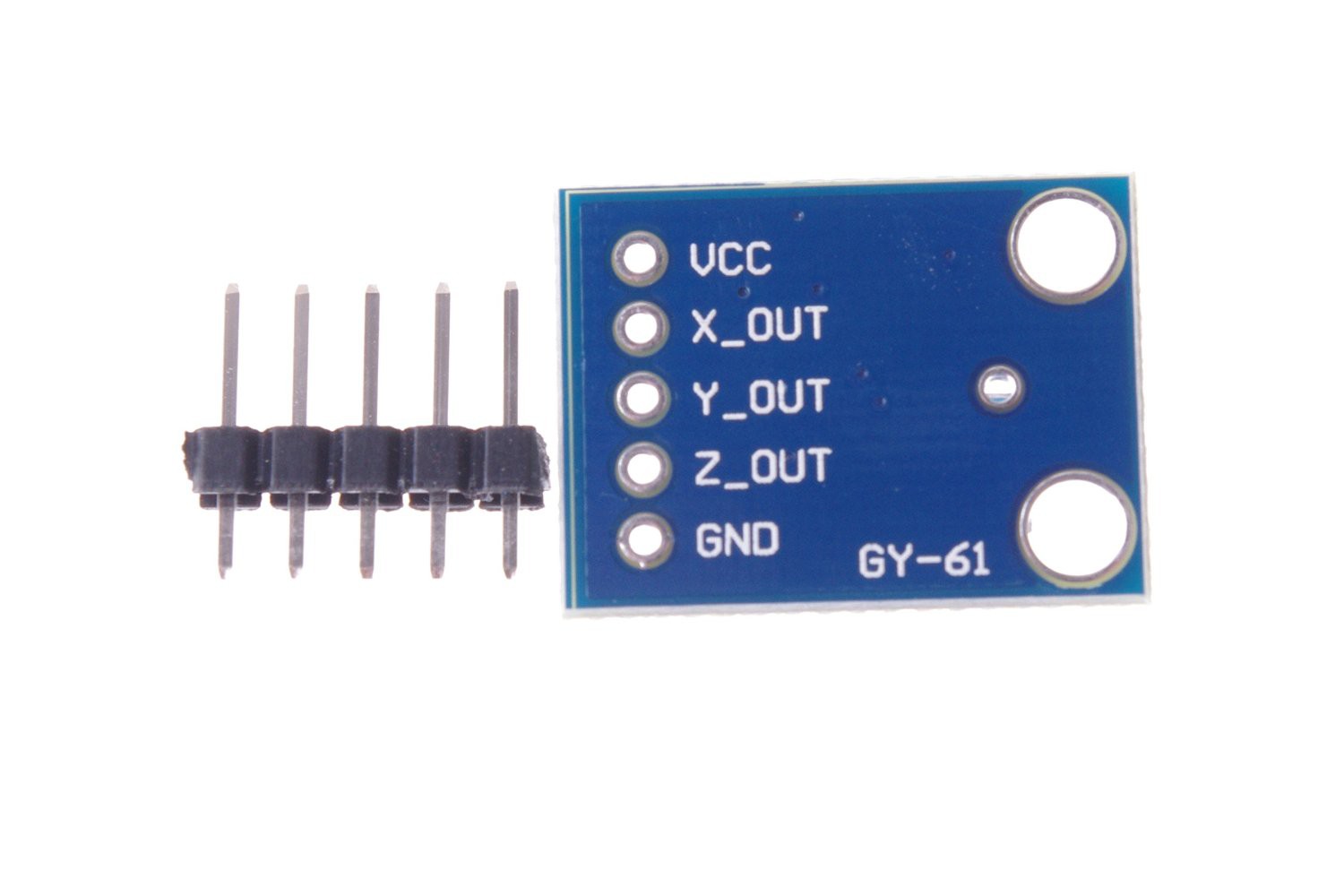
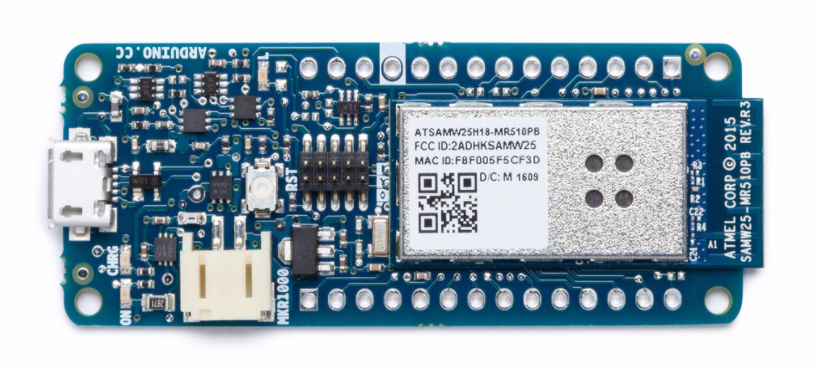
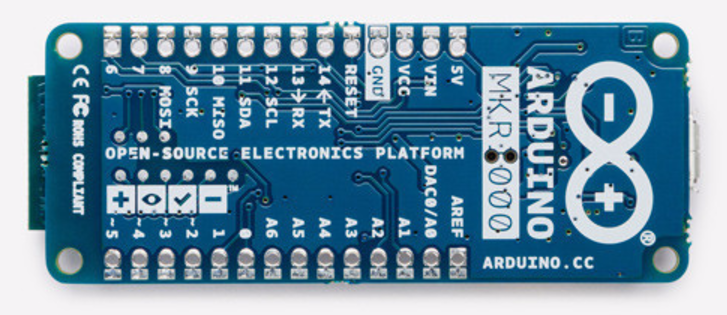

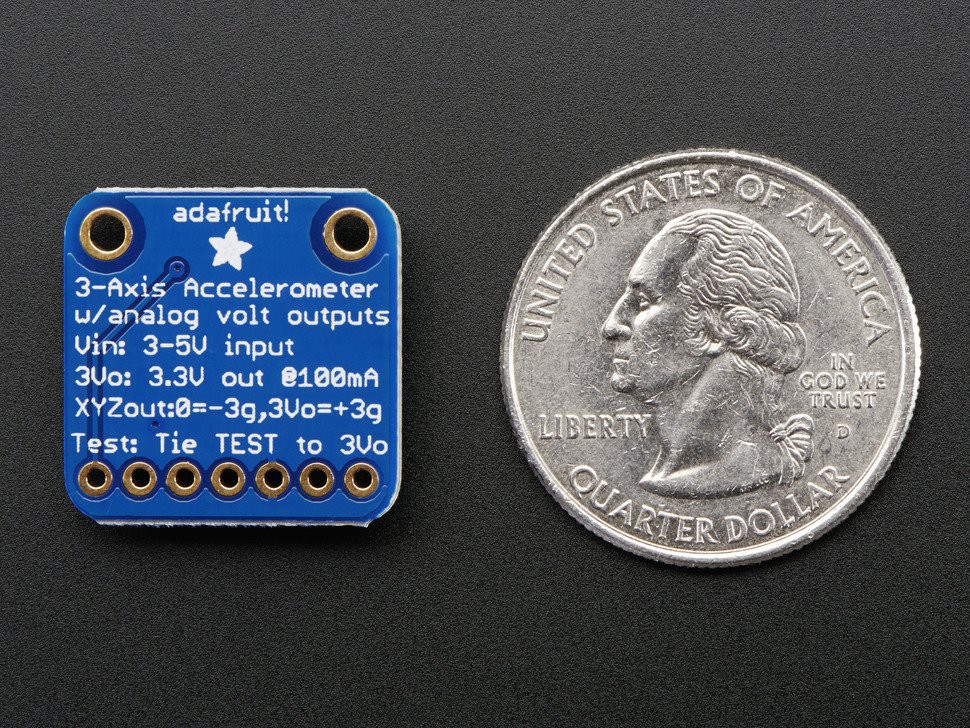
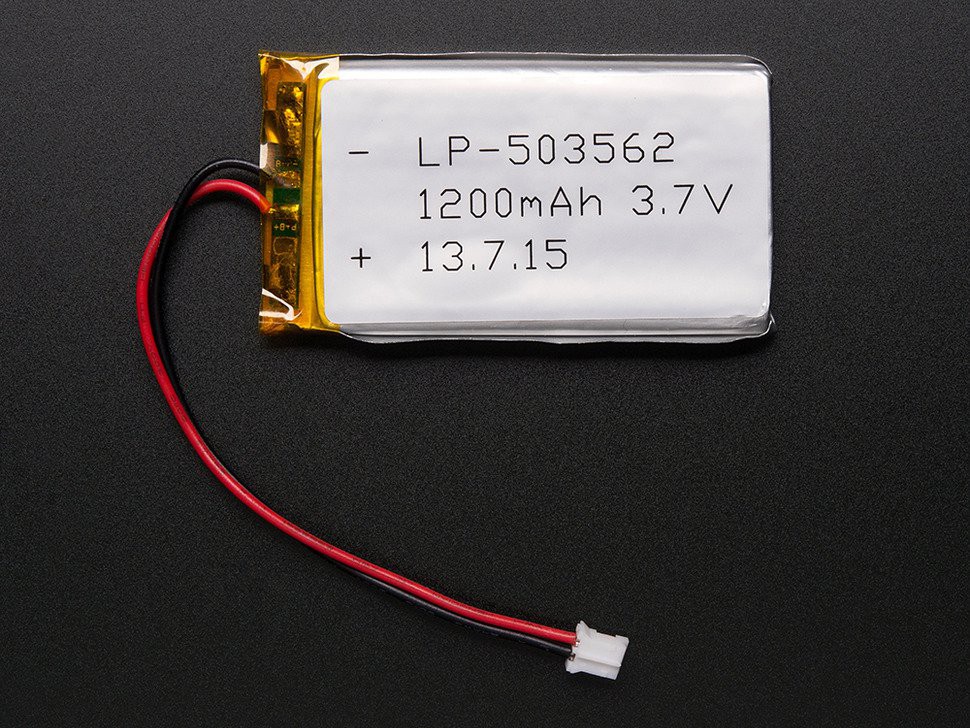
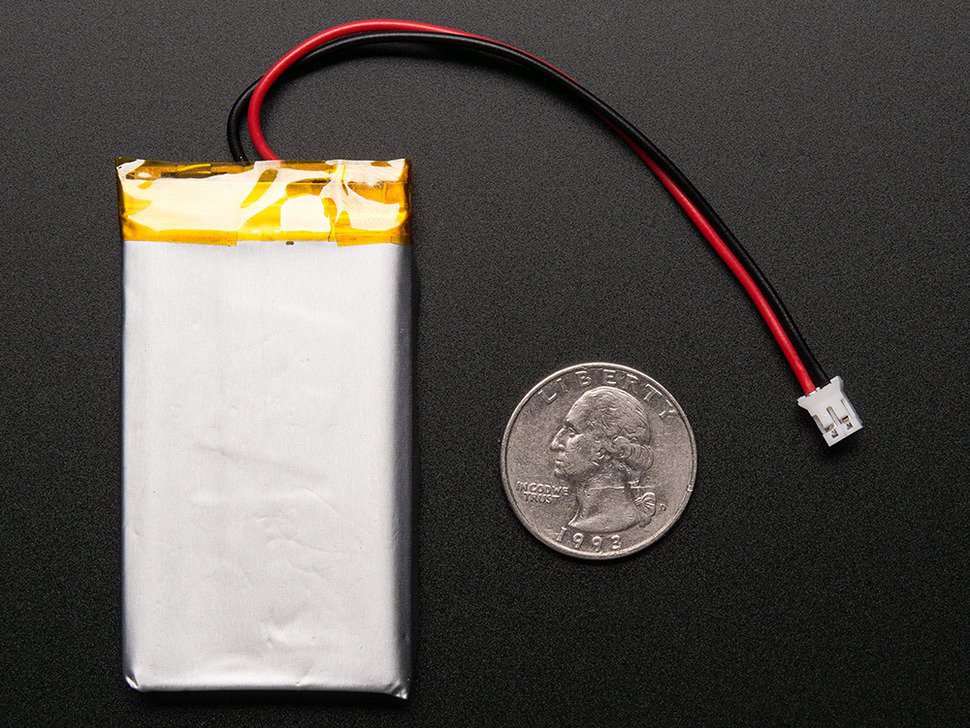








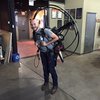


 John Grant
John Grant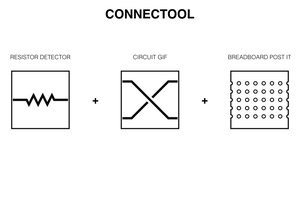
 dackdel
dackdel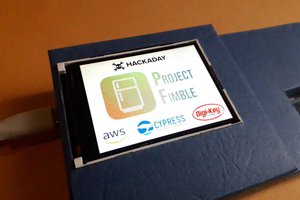
 zst123
zst123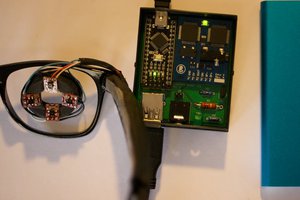
 Malte
Malte
Hi there, i have been working on similar project using Arduino hardware, Can you please help me out with the code part or mail me the links from where you referred the algorithm and code.please do revert me back at samaynoob@gmail.com